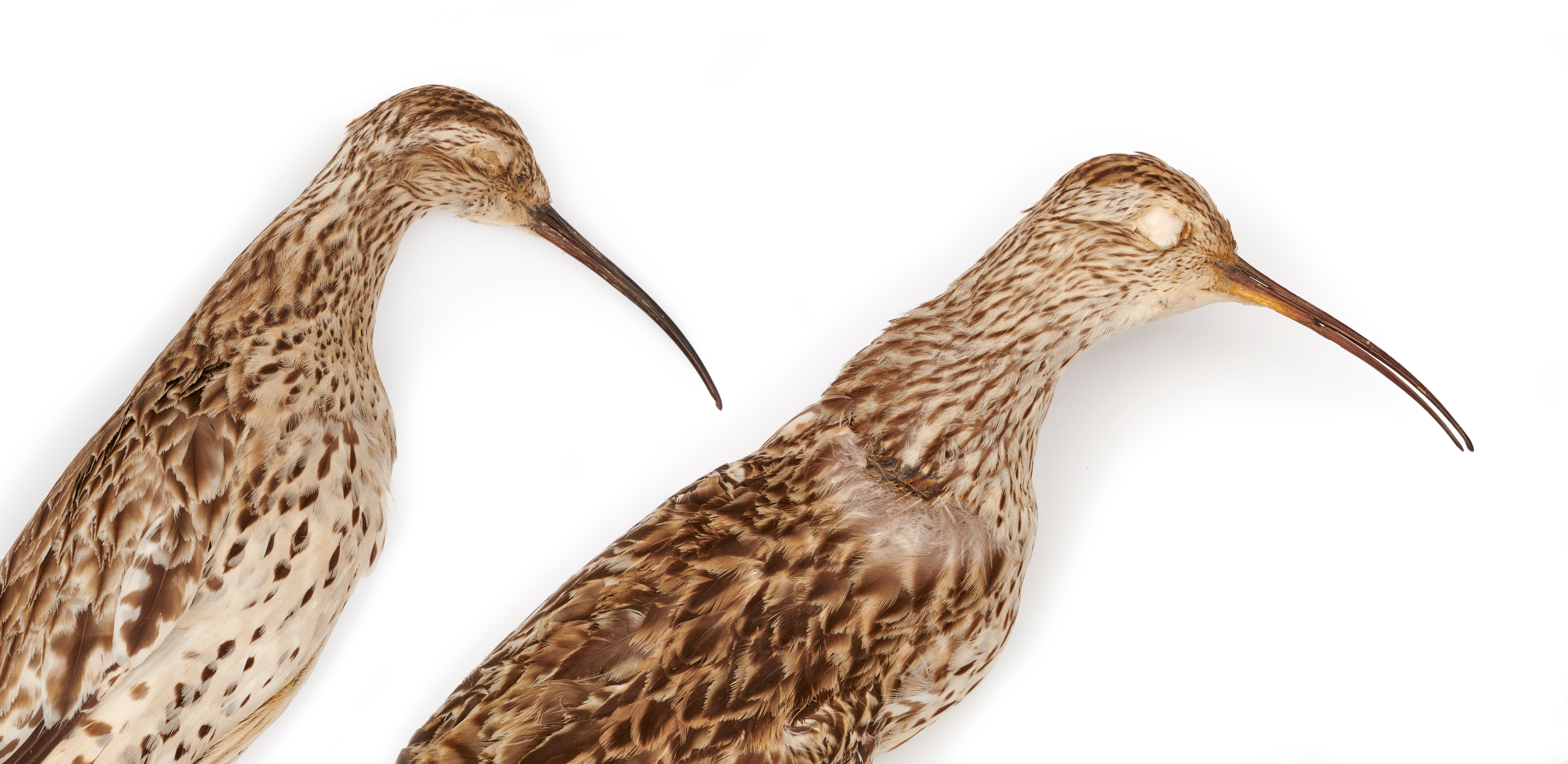The era of human-induced extinctions has a new victim: a migratory shorebird called the Slender-billed Curlew (Numenius tenuirostris) has been declared almost certainly deceased. Although 164 avian species are recognized to have gone extinct by the IUCN Red List, the curlew’s previous wide range makes its loss particularly disturbing.
Like many migratory birds, the Slender-billed Curlew once bred in Siberia during the brief, but very productive, summer. When other birds flew south to the tropics or even Australia, this curlew species spent its winters around the Mediterranean. That might have seemed a safe choice given what is happening to tropical rainforests. In general, Mediterranean birds have been doing better, perhaps because they had more time to adjust to the growth of human civilization on its banks.
“This marks the first known extinction of a bird species from mainland Europe, North Africa and West Asia,” a statement from the Royal Society for the Protection of Birds (RSPB) sent to IFLScience noted, while acknowledging two species have been lost from islands off Europe and Africa respectively. “Extensive efforts have been made for decades to find evidence of the Slender-billed Curlew across its breeding and non-breeding ranges, but all have proven unsuccessful.”
The last reliable sighting of the curlew species occurred in 1995 in Morocco, once a stronghold, with an unconfirmed sighting made in 2001.
Some species thought extinct have been rediscovered, sometimes in areas not previously known to be part of their range. Consequently, the authors of the paper declaring the bird an ex-curlew went beyond a lack of sightings to consider threats the species faced. They concluded there is a 96 percent chance the bird is gone, and probably has been since shortly after that last sighting.
The role of officially declaring extinction, which will see efforts to save the Slender-billed Curlew redirected to other species, is up to the International Union for the Conservation of Nature (IUCN) Red List, who will consider the report. The species is still currently listed as Critically Endangered.
Senior author Dr Alex Bond of the Natural History Museum noted that after sightings of the Slender-billed Curlew in Morocco stopped, expeditions were launched to find its breeding grounds. Subsequent analysis of museum collections of juveniles’ feathers suggests the original searches were in the wrong place, but subsequent expeditions to northern Kazakhstan have been no more fruitful. Efforts to save the Slender-billed Curlew didn’t really start until 1988, which was clearly too late.
“As climate change continues, this is going to be the status quo. Things are not getting better for birds. Tackling climate change, habitat destruction and pollution is the best chance we’ve got at protecting them, at home and abroad,” Bond said in the statement.
“This is one of the most fundamentally devastating stories to come out of nature conservation in a century and gets to the very heart of why the RSPB and BirdLife Partnership are doing what we do; that is, ultimately, to prevent extinction of species,” said co-author Nicola Crockford, Principal Policy Officer for the RSPB. “How can we expect countries beyond Europe to step up for their species when our comparatively wealthy countries have failed?”

Things are looking down – not just for the now-extinct Slender-billed Curlew, but other members of the curlew family
Image Credit: NHM
Extinction seldom has a single cause, and it’s likely the Slender-billed Curlew had more than one cause of doom, but the team stresses the importance of habitat loss at both ends of its epic journey. In Siberia, that would mean the draining of bogs for agriculture. Around the Mediterranean, coastal wetlands are increasingly fragmented and exposed to pollution. The extinction almost certainly occurred before the latest form of avian flu started devastating wild populations, but a previous disease outbreak may have contributed, along with hunting.
In addition to the Mediterranean, the curlew had the misfortune to choose two warzones as wintering grounds, in Yemen and the Mesopotamian Marshes. The marshes were drained as part of a reprisal against the inhabitants, with the ecosystem as collateral damage.
Knowing the cause of the curlew’s demise is important for protecting birds with similar lifestyles, including the Eurasian Curlew, which breeds in Britain instead of Siberia, and the Black-tailed Godwit. There were eight members of the Numenius genus, with one considered probably extinct and most others on the Red List. One of these is among four British migratory shorebirds that have just had their statuses reclassified for the worse. The tendency of the genus to have a long life but low reproductive success puts its members at unusual risk.
“The importance of coastal wetland non-breeding areas and upland, grassland and wetland breeding grounds cannot be overestimated, and the threats they face worldwide, should not be ignored,” Crockford added. “This is why we need governments, donors and other stakeholders to secure the ecological networks required by these birds along their flyways.”
Alex Berryman of Birdlife International noted; “90 percent of bird extinctions [have been of] island species. However, while the wave of island extinctions may be slowing, the rate of continental extinctions is increasing.”
Crockford noted that protecting migratory species poses a particular challenge; it only works if countries at both ends of the migration route (and sometimes those in between) step up. “Just as carbon in the atmosphere is a measure of international efforts to combat climate change, the status of migratory species is an indicator of the success of international efforts to conserve biodiversity,” she said. The comparison does not invite confidence.
The paper is published open access in IBIS: The International Journal of Avian Science.
Source Link: First Known Bird Extinction From Mainland Europe, North Africa, And West Asia Declared